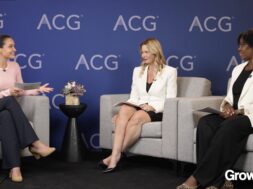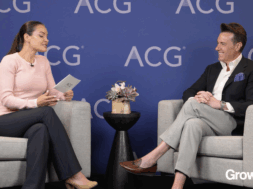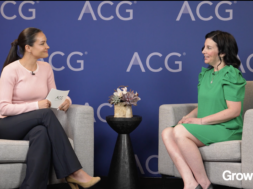Sounds Like a Plan
McGriff drives healthcare cost reductions for mid-market employers through a strategic platform.
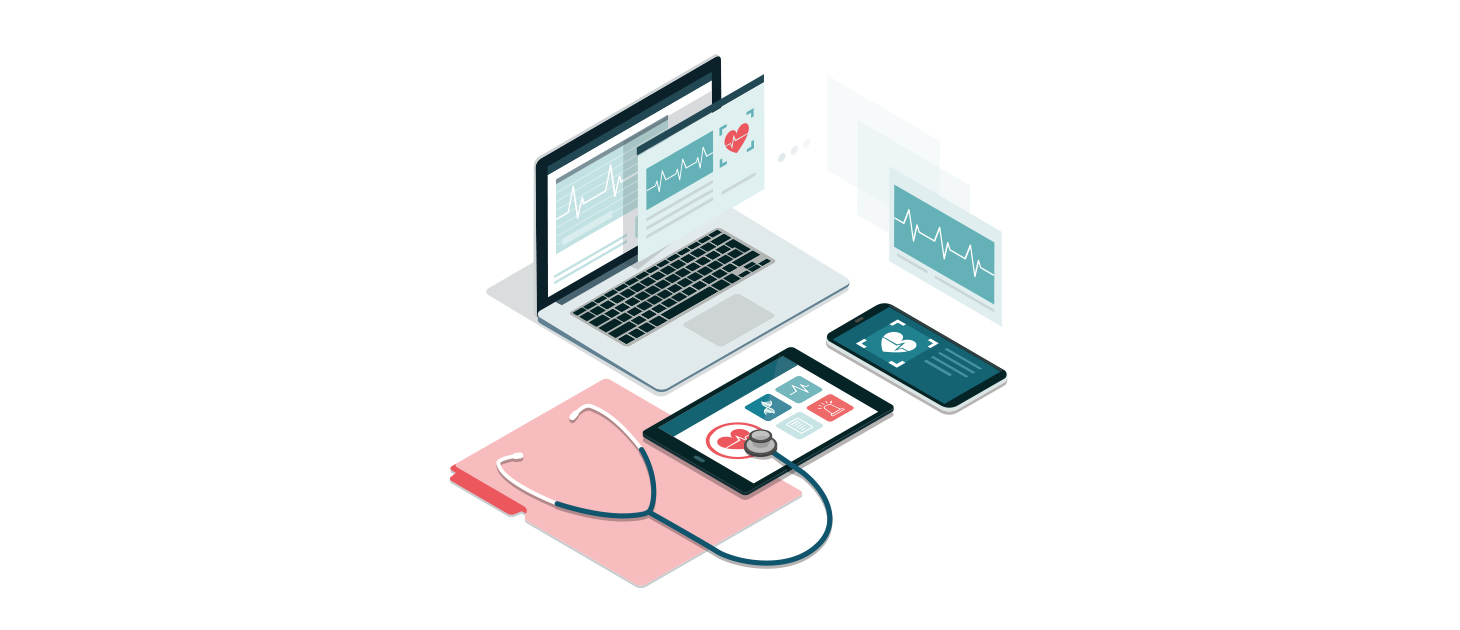
This article is sponsored by McGriff. It originally appeared in the fall 2021 edition of Middle Market DealMaker.
McGriff carries a long history of providing risk management and insurance services for businesses of all sizes. While that specialty hasn’t narrowed, the firm has a laser focus on multi-site, multi-state middle-market accounts, encompassing an innovative platform that saves clients big bucks and more than a few headaches.
William Miller Glass and his team at McGriff have centered their business on multi-site mid-market companies, a space rife with complex variables when it comes to healthcare. Via a recently inked partnership with the Association for Corporate Growth, Glass and the firm aim to further capture the market, specifically private equity groups and their portfolio companies.
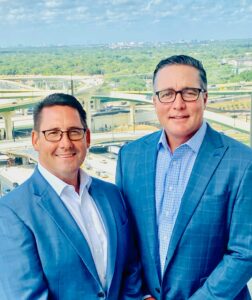
“Most organizations are dealing with either local brokerage firms that don’t have a line of sight on National exposure or large national players that don’t treat the middle-market space with the respect it is due,” says McGriff senior vice president Glass. “A company might be headquartered in Atlanta and have offices in Orlando, Dallas and New York. We specialize in understanding how different state laws impact these private equity groups in multiple states. There are different funding mechanisms, products and different carriers and the whole organization needs to be looked at in aggregate.”
Some PE firms buy health insurance to cheaply cover their portfolio companies, an issue exacerbated by a shrinking number of reputable carriers as well as American Cares Act limits on deductibles, out-of-pocket maximums and payroll deduction scenarios.
Glass explains: “It becomes complicated for groups wanting to be creative in their benefits programs. Inherently, each product is very segmented. You could have an HMO product with a narrow network but want a consumer-directed health product with a national network. Dental, vision, life and disability may all have separate carriers that aren’t talking to each other. It takes consulting and intellectual capital to put all of that together in a cost effective manner.”
McGriff, the fifth-largest brokerage in the country, covers commercial property and casualty, corporate bonding and surety services, cyber, management liability, captives and alternative risk transfer programs, small business, employee benefits, title insurance and personal lines.
McGriff’s modus operandi is bolstered by an “RDI” (risk, direction and incentive) approach, developed in 2008 by Glass and Vice President Brian McGratty. The RDI model is ideal for navigating the PE realm that McGriff officials believe is generally underserved.
“For a private equity group with 100 businesses representing 15,000 employees, we can provide the level of service and commitment they haven’t been getting,” Glass says.
Delivering the Goods
McGriff offers a unique strategy by delivering clients every possible funding option, allowing for a balance of risk alongside the highest level of benefit. Utilizing the RDI philosophy, McGriff creates programming that lets customers share risk, incentivizing employees to engage providers and ultimately become better health care consumers.
Under RDI, workers receive incentive-based funds for establishing or maintaining relationships with primary care physicians. In this scenario, the employer is funding incentives for voluntary behavior, reducing healthcare costs and, in some cases, identifying life-threatening conditions among participants. Clients adapting to this model have shown an increase of less than 2% annually to their medical budget—not to mention millions of dollars saved on health plans.
Kushner, a New York City-based real estate developer, is a successful test case for the model’s overall effectiveness, says Glass. With 27 locations and 800 employees, Kushner dealt with numerous variables when determining its place in the standard, fully insured market.
In 2018, McGriff conducted a study of Kushner’s insurance program, finding the company had overpaid on its health care spend. The brokerage helped customize a new program, immediately driving cost reductions before renewal, then incorporating the new plan in year two.
Thanks to its health care changeover, Kushner saved tremendously in 2020, with year-to-date savings even greater in 2021. Consumer-directed health products are boosted by a carefully crafted wellness initiative built on incentivizing voluntary medical examinations.
“There are incentives for getting a routine physical exam, getting lab work and then doing a health risk assessment,” says Glass. “The company creates monthly initiatives around preventive measures identified to avoid catastrophic illnesses. The key to any wellness is voluntary actionable items that are rewarded.”
A Tremendous Benefit
Tanya Saffadi, chief human resources officer at Kushner, brought McGriff’s services over from a former employer for the brokerage’s hands-on customer service and talent team.
“They’re specialists. I have a lot of trust in them,” says Saffadi. “With other brokers, many times you feel like you’re a cash cow, where they’re coming in and tweaking the plan, or upping the deductible on you. McGriff is more creative, more on top of what’s happening. They know all the trends.”
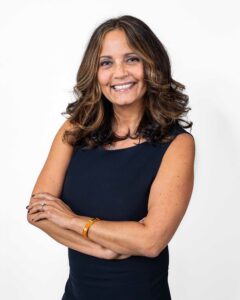
With McGriff in the network, Kushner now has its medical, dental and life insurance benefits all coordinated. Gaining more control of healthcare spend has been especially crucial amid the ongoing pandemic, where McGriff has made itself even more available with sometimes weekly virtual meetings.
“When we go to properties we’re acquiring, we always compare benefit plans,” Saffadi says. “Nobody wants to hear their costs will double compared to another company. 98% of the time our benefits are better and cheaper than what they previously had.”
Although the pandemic hasn’t changed McGriff’s RDI model, the ever-shifting nature of the crisis led to a focus on CORE, defined internally as Culture, Operational excellence, Risk mitigation and Employee experience. In practice, the program evaluates employer pandemic response, from risk mitigation on vaccines to policies around hybrid work.
Staying abreast of the newest trends is a company mantra, one backed by numbers. For instance, McGriff typically hits about 60% participation in its most common wellness platforms. Additional metrics include individual employee healthcare savings of $4,200 annually compared to standard insurance plans.
It’s not uncommon to hear stories about mobile preventative exams revealing a dire condition requiring immediate medical help. The potential to save lives through cutting-edge health plans is an incredible motivator, Glass says.
“We sprint to the office or run to the airport to see our clients,” he says. “We’re putting ourselves out there as far as research—or working with legal and compliance teams—so our clients know what’s out there on the fringe. Employees are seeing tremendous value both with benefits and reduced costs. At the end of the day we want each and every employee to see true value in their benefits program.”
